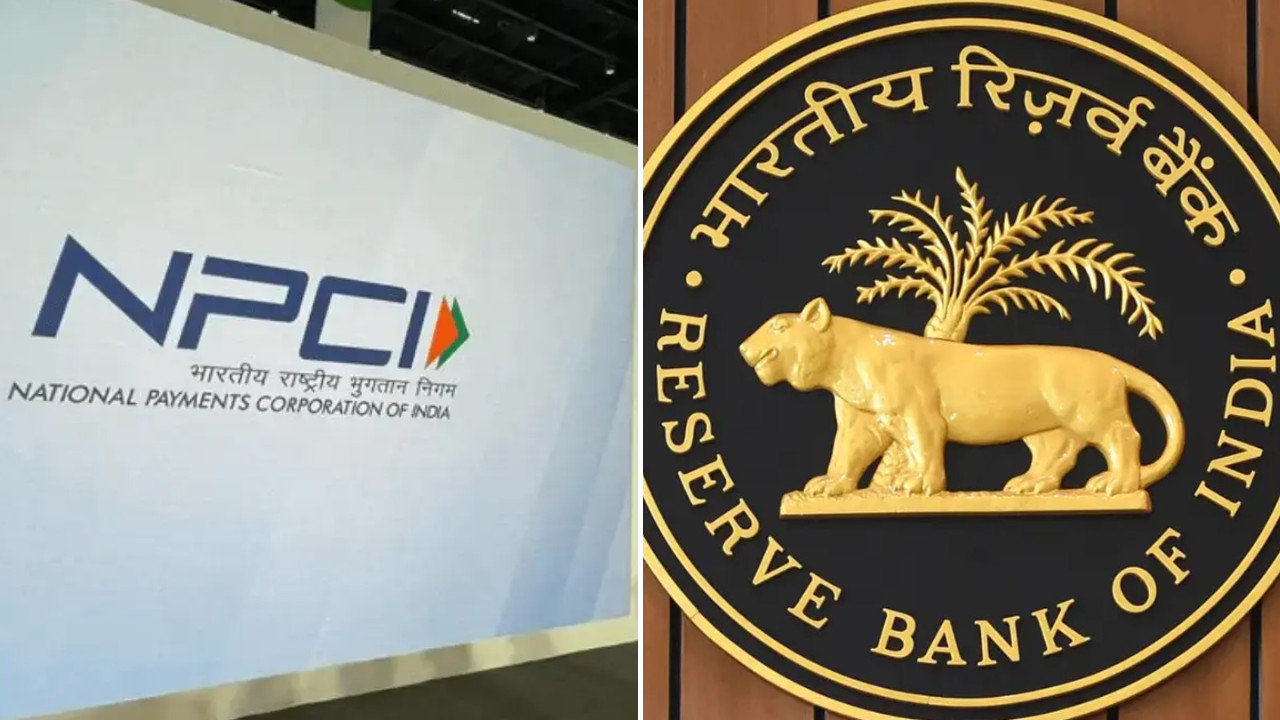India’s self-reliance push is yielding results as companies in automobiles, electronics, and FMCG sectors significantly reduce import dependence. Supported by PLI schemes and import restrictions, firms like Maruti Suzuki and Dixon Technologies have notably decreased foreign exchange outflows.
India’s Manufacturing Revolution: How “Vocal for Local” is Reshaping the Economy
For years, India has relied heavily on imports, but a subtle yet powerful shift is underway. The “vocal for local” movement, coupled with strategic government initiatives, is changing the landscape of Indian manufacturing. It’s not just about national pride; it’s about smart economics and building a stronger, more self-reliant nation. We’re seeing concrete evidence that India’s manufacturing sector is responding in a big way, impacting import bills for some of the country’s biggest companies.
The narrative of India as a purely import-dependent nation is becoming outdated. Top companies are reporting significant reductions in their import expenditures, a direct result of the “vocal for local” campaign and the incentives provided by the government to boost domestic production. This isn’t just good news for the balance of trade; it signifies a deeper transformation within the Indian economy. It shows India is capable of building a robust and competitive manufacturing base that can rival global players.
PLI Schemes: The Catalyst for Change
One of the key drivers behind this shift is the Production Linked Incentive (PLI) scheme. These schemes offer financial incentives to companies that increase domestic production in key sectors. From electronics and pharmaceuticals to automobiles and textiles, the PLI schemes are designed to attract investment, create jobs, and boost India’s manufacturing capabilities.
Think of it like this: the government is providing a runway for Indian companies to take off. By reducing the financial burden and incentivizing local production, the PLI schemes are empowering businesses to invest in infrastructure, technology, and workforce development. The results are already visible, with several companies reporting significant progress in reducing their reliance on imports and increasing their domestic output.
Duty Hikes: A Calculated Push
Another crucial element in this strategy is the calibrated increase in import duties on certain goods. This measure is designed to make imported goods more expensive, thereby giving domestically manufactured products a competitive edge.
While some argue that higher import duties can lead to inflation, the government views them as a necessary tool to protect domestic industries and encourage local manufacturing. It’s a delicate balancing act, but the ultimate goal is to create a level playing field where Indian companies can thrive.

Case Studies: The Proof is in the Pudding
Several prominent companies have already demonstrated the positive impact of these policies. Major players in the electronics, automotive, and consumer goods sectors have reported significant reductions in their import bills. These companies have actively embraced the “vocal for local” movement, investing in local manufacturing facilities and forging partnerships with domestic suppliers.
For example, a leading electronics manufacturer dramatically reduced its reliance on imported components by establishing a state-of-the-art manufacturing plant in India. This not only reduced import costs but also created hundreds of jobs and contributed to the growth of the local economy. These success stories serve as inspiration for other companies to follow suit and invest in India’s manufacturing capabilities.
The Road Ahead: Challenges and Opportunities
While the progress made so far is encouraging, there are still challenges to overcome. Building a truly self-reliant manufacturing ecosystem requires sustained effort and investment. Issues such as infrastructure bottlenecks, skill gaps, and regulatory hurdles need to be addressed.
However, the opportunities are immense. India has a large and growing domestic market, a skilled workforce, and a supportive government. By continuing to focus on innovation, quality, and competitiveness, India can emerge as a global manufacturing hub. Furthermore, this effort aligns perfectly with the need for greater supply chain resilience, something vividly exposed by recent global events. Diversifying production away from reliance on a single country or region is increasingly seen as a strategic imperative.
We’ve explored how Indian manufacturing is changing. For more in-depth analysis, check out our related article about the challenges facing small business growth in India [internal link to relevant article].
In conclusion, the “vocal for local” movement and the government’s strategic initiatives are driving a significant transformation in India’s manufacturing sector. By reducing import bills, creating jobs, and fostering innovation, these efforts are paving the way for a stronger, more self-reliant Indian economy. The journey is ongoing, but the direction is clear: India is on the path to becoming a global manufacturing powerhouse, and it will be interesting to see how the Indian manufacturing story unfolds in the coming years.







